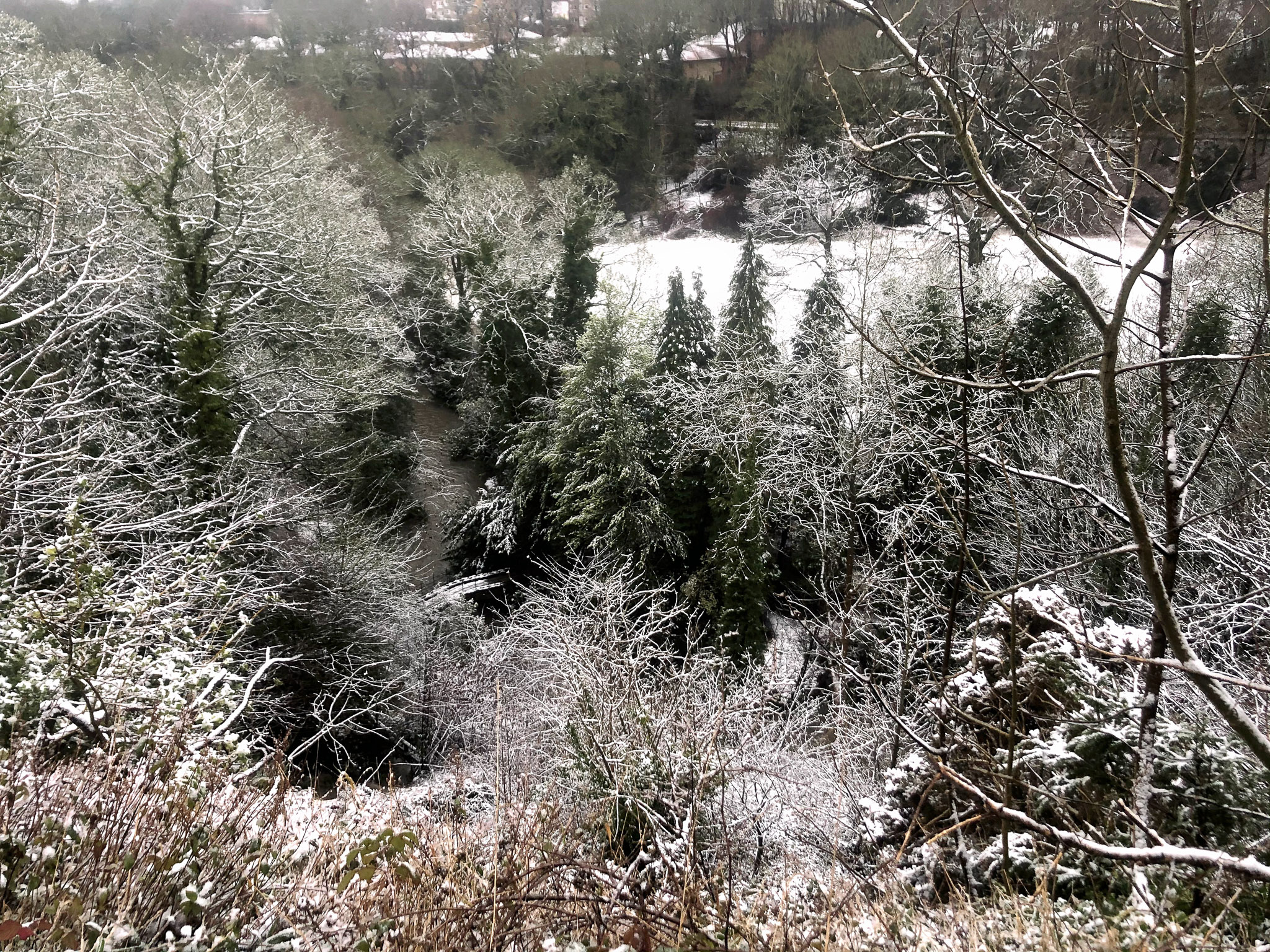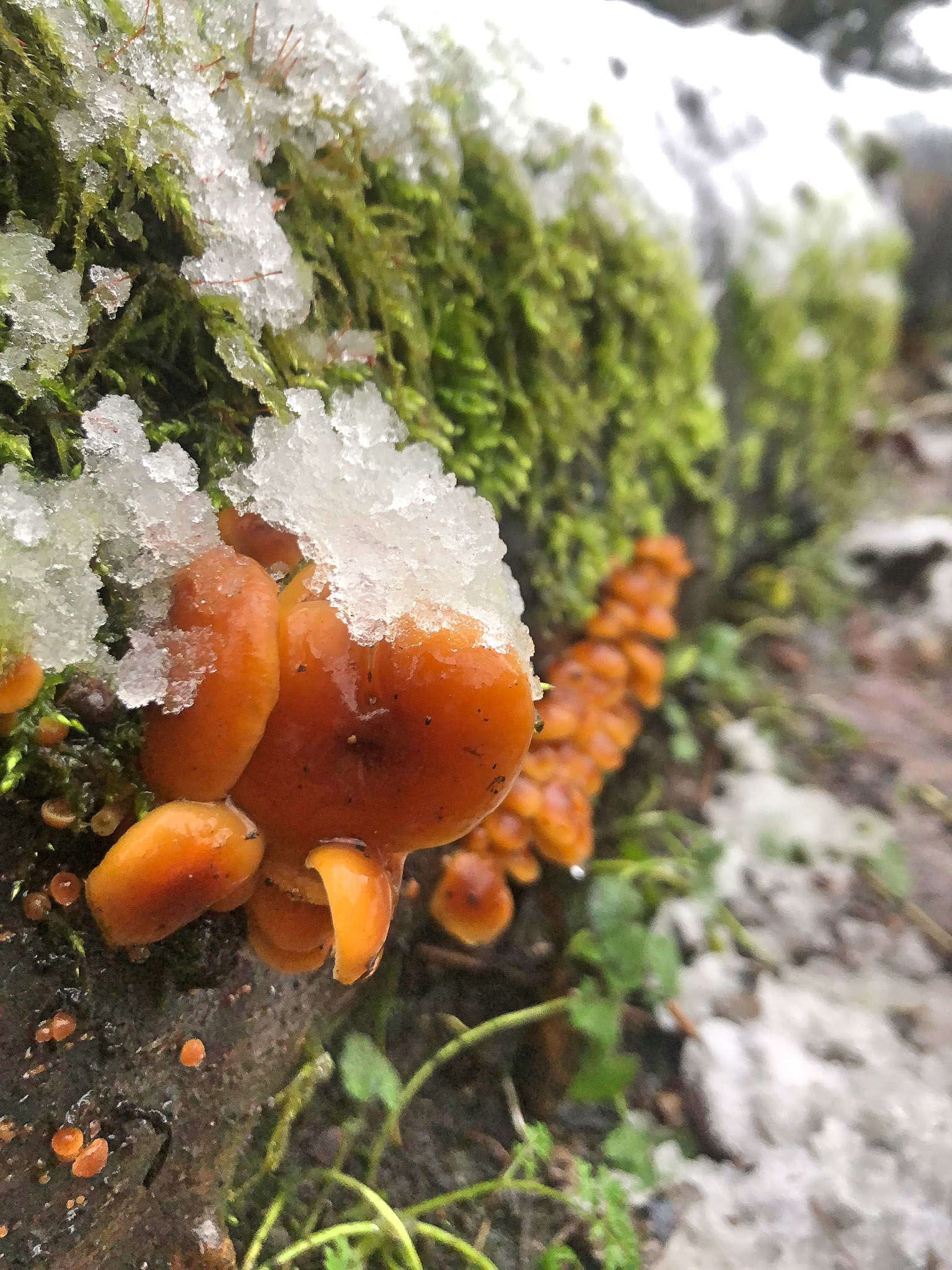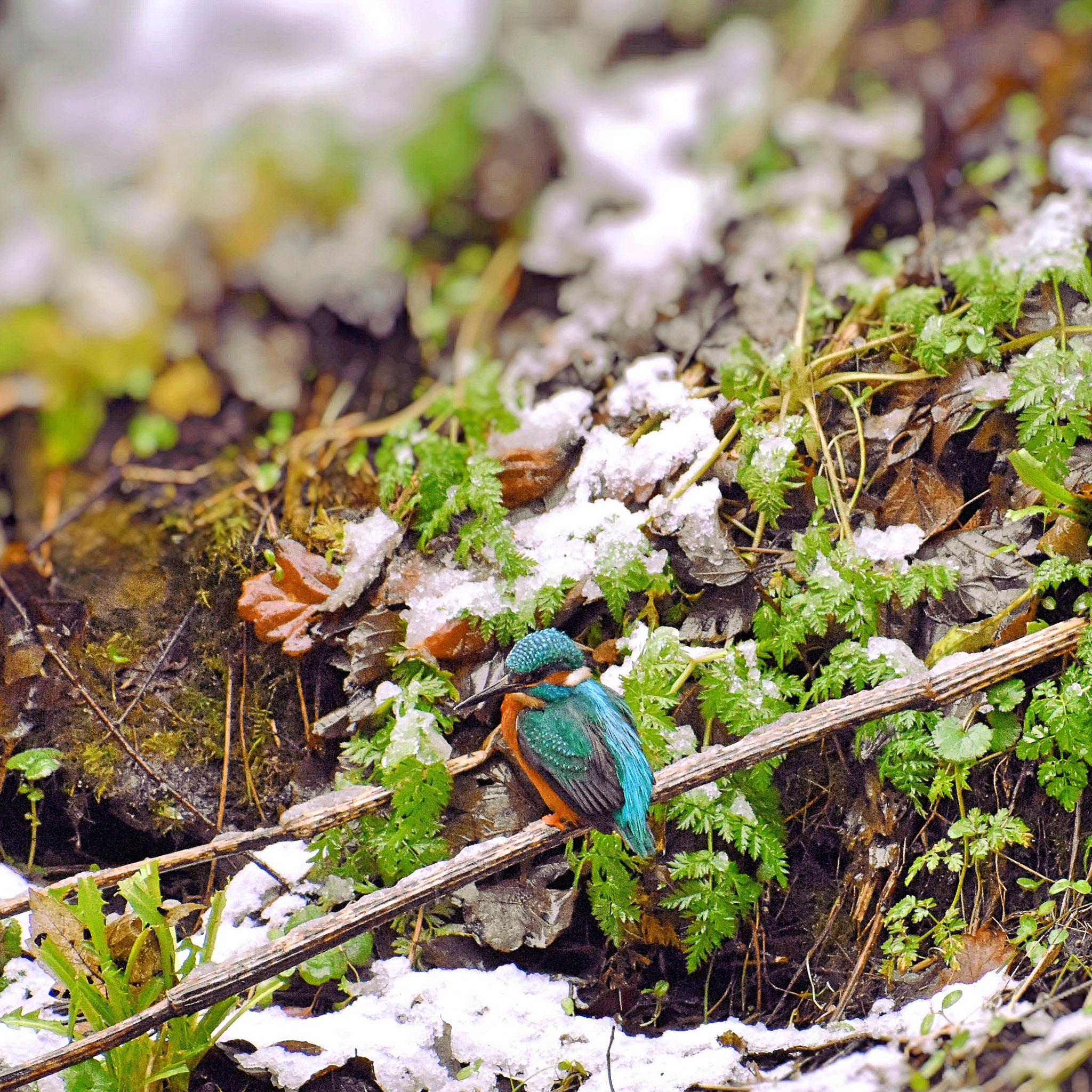North East naturalist Nick Wilson-Smith takes us on a journey to meet the bejewelled King of Jesmond Dene, Newcastle.
We have been blessed this January with some perfectly pristine snowfall, giving us some idyllic winter-white scenery. With the national lockdown in place, we are of course limited in our travel, so for my nature walk on this occasion, I chose somewhere a little closer to home. Living in an urban area, you may at times feel a little stumped in regards to where you may be able to experience a profusion of nature. Fear not!
Just a stone’s throw from where I was brought up, and situated just one mile from the city centre lies a genuine, urban utopia – a place close to my heart, and one that gets better and better over time. As a child I could literally see its tree tops from my bedroom window. I hadn’t visited for a couple of years, but I had heard rumours that a remarkable little bird had returned to Jesmond Dene some time ago.

The scene was set for a magical walk. As I followed the road down to the Ouseburn river, I reminisced about the otter surveys I carried out just last year, a little north of here. The fact that otters are now present on this stretch tells you all you need to know about the water and ecosystem in the area, something which certainly wasn’t the case when I was a kid. So it is no surprise then, that the Kingfisher is a far more regular sight in the Dene these days.

I continued along a path uphill, edging closer to a view out over the woodland canopy, and noticed a variety of our resident winter birds – blackbirds, robins, blue tits and wrens flitting from undergrowth to scrub, in search of any left over berries. Looking slightly higher above the flowering gorse, I was able to pick out the familiar lollipop-like silhouettes and constant chatter of the stunning long-tailed tit. Gathering in small flocks in winter to forage together for small larvae and insects, seeing a ‘tribe’ here was a first for me, and although a fairly common sight in general, their pink and white tones are always an endearing sight.

As I descended, I began to realign with the river. Passing a dominant looking waterfall at the old mill, I noticed huge numbers of jelly ear fungi covering decaying elder limbs and an abundance of velvet shank mushrooms swarming over fallen oak and ash.
The snow had began to fall heavy, and I was suddenly aware that I had never witnessed the Dene in this surreal state. Casting my gaze to the opposite river bank, I noticed what seemed to be the ideal nesting habitat for a Kingfisher. With breeding season not far off, the Kingfisher will excavate a burrow in a sandy, rock free bank, along the waters edge. Perfect I thought. Just one thing missing then.
For most who have seen the bird in question, you will no doubt have observed it dart past you downstream in a flash. The key to gaining a proper look though, is to stumble upon them whilst in full-on hunting mode. The Ouseburn is packed full of sticklebacks, and I was already having flashbacks to when we would catch them ourselves in jars as kids.
Then I saw it.
At first, believe it or not I thought it was a wren. Fluttering about very low in the undergrowth, but as it hovered toward the river it was unmistakable. The Kingfisher is incredibly aerodynamically efficient in its design. As it dives from its perch, it is able to breach the surface of the water with maximum speed and minimum splash, creating virtually no disturbance to its quarry.
It was baffling to see it focus its attention so inherently on its prey, somehow being able to pick out the tiny fish in the fast flowing, icy cold water course. Whilst the colours of a Kingfisher are well known, something which may surprise you is that its back feathers are actually brown! It is the structural colouration phenomenon that depicts to us the brilliant blue colour that we all associate with this magnificent bird, but take away the sunlight, and they are in fact – a brunette.

I watched and photographed this regal bird expertly gliding from margin to bank, navigating the river in search of food for a good few minutes, in a constant state of absolute awe. What surprised me most though, was the amount of people who wandered past without even noticing, and I wondered if this was their subconscious telling them that there would be nothing to see here – we are practically in the middle of the city after all.
However, nature really does have the power to infiltrate every fabric of our daily lives, wherever we are. The Dene is a special place that I have visited hundreds of times in my life, but it never fails to surprise. It really is a shangri-la in the city and whilst I fully expected to interact with some urban wildlife, I certainly wasn’t expecting this day to be a ‘halcyon day’.
Next time you visit, be sure to keep your eyes peeled for that topaz blur, as you may just be fortunate enough to catch a fleeting glimpse of royalty.
Long live the king.
Meet the Author

Nick Wilson-Smith
North East Naturalist
A keen naturalist from a young age, Nick now works and studies as a ranger in North East England. Thanks to some magical wildlife encounters, last year Nick became in inspired to create his own website based around nature writing and photography, a place to truly celebrate the wonders of the natural world.
If you enjoyed discovering Jesmond Dene’s wildlife with Nick, you’ll want to check out our The Urban Wilds of Ouseburn entry too.

